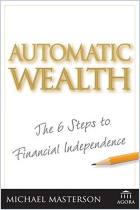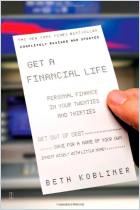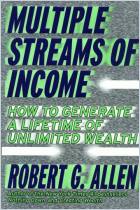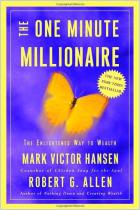
Recommendation
This clearly written book offers a handy guide to tax strategy for the rich and for those who hope to be rich. Author Diane Kennedy, a certified public accountant, provides basic information on common tax risks and opportunities. Without using burdensome jargon, she explains the fundamentals of financial reports and record keeping. Her approach is commonsense and straightforward; she doesn’t make outrageous promises or exotic, inapplicable recommendations. The title is slightly misleading. This book is not really about loopholes, but rather about sound planning and management - especially for business owners. It does get into the minutiae of tax law, which is subject to change, so some of the details may have a short shelf life, and much of the advice will have little applicability outside of the United States. Nonetheless, getAbstract recommends this basic guide to anyone who needs a fundamental introduction to personal financial and tax management in the U.S.
Summary
About the Author
Diane Kennedy, CPA, teaches seminars on legally, ethically minimizing your U.S. tax obligations. She is the founder and owner of a tax strategy and accounting firm, and co-author of The Insider’s Guide To Real Estate Investing Loopholes and The Insider’s Guide To Making Money In Real Estate.




















Comment on this summary or 开始讨论